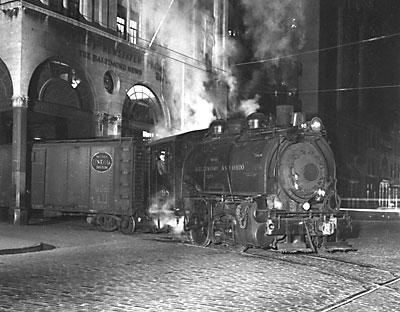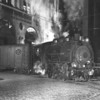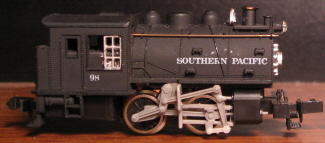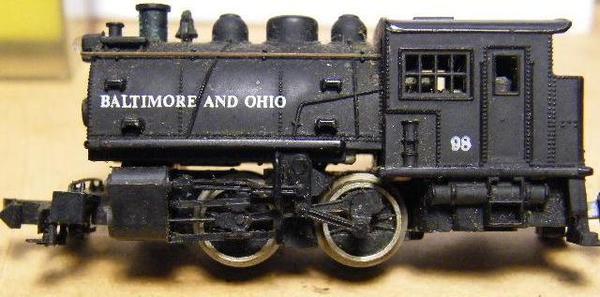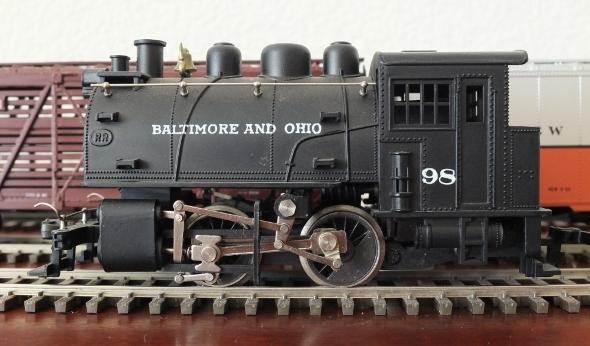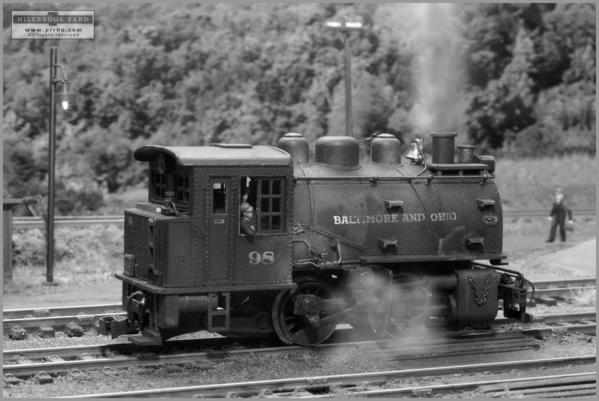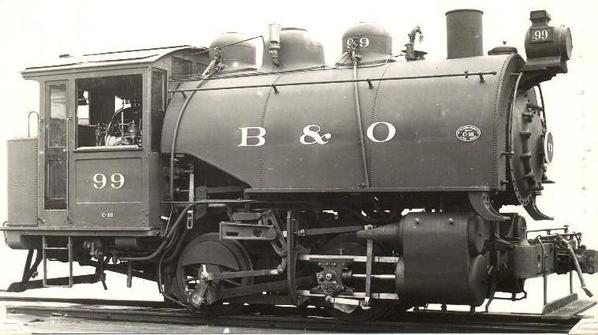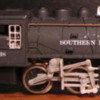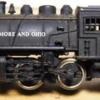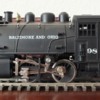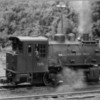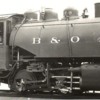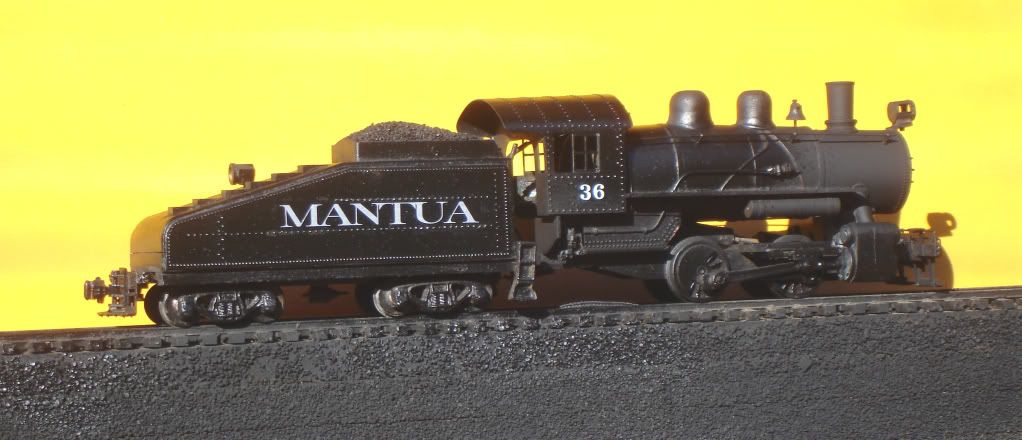Hello -
I'm considering building a small, urban, O-scale switching layout / module, and wanted to find out what the minimum radius is for the Sunset 2-rail Docksider?
I tried asking Sunset, and current management says they were imported before their time, and don't have a clue.
If it's less than that for a 40' boxcar, then I'd need to know this number also. I realize that I may need to do some fiddling with the undersides of the car to achieve this.
This should be close to what the prototype used in these situations (such as Fell's Point in Baltimore, where the proto Docksiders worked), while at the same time providing reliable operation.
thanks, Charles




